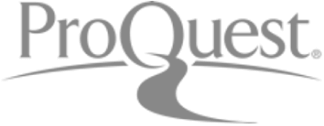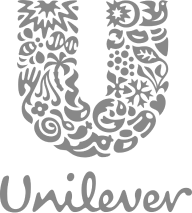Carolyn Waterbury
Research contractor at the Environmental Protection Agency
Research Expertise
About
Publications
Rapid thermal adaptation in a marine diatom reveals constraints and trade‐offs
Global Change Biology / Jul 16, 2018
O’Donnell, D. R., Hamman, C. R., Johnson, E. C., Kremer, C. T., Klausmeier, C. A., & Litchman, E. (2018). Rapid thermal adaptation in a marine diatom reveals constraints and trade‐offs. Global Change Biology, 24(10), 4554–4565. Portico. https://doi.org/10.1111/gcb.14360
Temperature selection drives evolution of function-valued traits in a marine diatom
Jul 24, 2017
O’Donnell, D. R., Hamman, C. R., Johnson, E. C., Klausmeier, C. A., & Litchman, E. (2017). Temperature selection drives evolution of function-valued traits in a marine diatom. https://doi.org/10.1101/167817
Effects of temperature acclimation on the upper thermal tolerance of two Arctic fishes
Conservation Physiology / Jan 01, 2024
Waterbury, C. R., Sutton, T. M., Kelley, A. L., & López, J. A. (2024). Effects of temperature acclimation on the upper thermal tolerance of two Arctic fishes. Conservation Physiology, 12(1). https://doi.org/10.1093/conphys/coae001
Per‐ and Polyfluoroalkyl Substances and Mercury in Arctic Alaska Coastal Fish of Subsistence Importance
Environmental Toxicology and Chemistry / Aug 04, 2023
Fraley, K. M., Hamman, C. R., Sutton, T. M., Robards, M. D., Jones, T., & Whiting, A. (2023). Per‐ and Polyfluoroalkyl Substances and Mercury in Arctic Alaska Coastal Fish of Subsistence Importance. Environmental Toxicology and Chemistry, 42(11), 2329–2335. Portico. https://doi.org/10.1002/etc.5717
Education
University of Alaska Fairbanks
MSc, Fisheries / August, 2022
University of Miami
BSc, Marine Science and Biology / May, 2019
Experience
ORAU
National Student Service Contractor / November, 2022 — Present
I work with Dr. Leah Wehmas at the Environmental Protection Agency in Research Triangle Park, NC on a variety of molecular research projects. I used Partek and BMDExpress to analyze RNA-seq datasets and identify transcriptomic points of departure. This data helps to inform risk assessment on a variety of chemicals we were testing, including PFAS. Additionally, I am assisting in a kainic acid and triethyltin bromide dosing experiment with rats to determine if cerebral spinal fluid could be used as a biomarker for brain damage through analysis of specific proteins. I am responsible for daily laboratory maintenance in addition to creating and preparing all chemicals, reagents, and supplies used for research purposes.
University of Alaska Fairbanks
Graduate Research Assistant / August, 2019 — August, 2022
I received my M.S. in fisheries as a graduate research assistant. I was the lead researcher on a 3-month long fish sampling project in Prudhoe Bay, AK during 2020 and 2021. This project used fyke nets to quantify and qualify the fish species within the nearshore Prudhoe Bay environment in order to determine how species composition and abundance were shifting in relation to climate change. For my thesis work, I was interested in determining how acclimation temperature affected organismal and molecular thermotolerance parameters in two fish species. I collected live fish samples and maintained them in a recirculating aquaculture system. I determined the CTmax temperatures for each sample before quantifying the HSP70 protein concentration in three tissue types using Western Blotting protocol. I then analyzed a full transcriptome dataset using Salmon to quantify the HSP70 mRNA transcript concentrations in two tissue types. All results were published in the journal Conservation Physiology.
Research Assistant / May, 2019 — August, 2019
I assisted in a variety of scientific projects occurring in Dr. Trent Sutton's lab. I participated in an Arctic cod eDNA project where we collected water samples from Prudhoe Bay, AK for eDNA analysis using custom primers I helped develop to detect the presence or absence of Arctic cod. I also assisted in a lamprey field sampling project where we spent 5 days using electrofishing to collect live adult and ammocoete samples in addition to collecting water samples for eDNA analysis. I filtered, collected, and extracted DNA from these water samples for future research. Finally, I assisted a graduate student in a capelin fecundity project.
University of Miami
Chemistry Lab Assistant / August, 2015 — May, 2019
I assisted in setting up and maintaining all undergraduate organic and inorganic chemistry labs. I had to prepare all necessary reagents and solutions using chemistry principles, including serial dilutions and stoichiometry. When preparing these reagents, I had to handle a variety of chemicals using proper lab safety protocol. Finally, I set up and maintained all lab equipment including, but not limited to, pH meters, titration equipment, and balances.
Shark Research and Conservation Lab Intern / August, 2018 — May, 2019
I interned in the Shark Research and Conservation Lab where I participated in research cruises that used modified longlines to sample live sharks around the Miami area. When working up a shark, I collected morphological measurements, caudal vein blood samples, muscle biopsy samples, and I helped tag the shark using a floy tag. We worked with citizen scientists who assisted us during the cruise, and I helped to explain the scientific procedure in addition to how the science would help with shark conservation. Finally, I wrote several blogs describing current aquatic conservation research that was occurring and why it was important.
National Science Foundation
REU Intern / June, 2017 — August, 2017
My research during looked to see what environmental parameters caused certain strains of Heterosigma akashiwo to bloom in hopes of determining what conditions might cause harmful algal blooms. I ran toxicity and photophysiology experiments on six strains of H. akashiwo. Additionally, I collected water samples from algal blooms containing H. akashiwo, which I cultured in a variety of salinities. With these samples, I extracted H. akashiwo DNA and ran PCR reactions in order to quantify fragment sizes as a proxy for genetic differences driven by the unique salinity conditions. Finally, I used prior-collected single strand isolates and ran PCR reactions to produce fragments to be sent in for sequencing. Before experiments began, I performed cell counts under a microscope using a hemocytometer. All experiments required extensive pipetting and practicing aseptic techniques in a fume hood to avoid cross-contamination.
NOAA
Ernest F. Hollings Intern / May, 2017 — August, 2018
My research here analyzed the stomach contents of silky shark in order to determine their diet preferences. I identified stomach contents down to at least the genera before analyzing the data in R to quantify novel diet information. I drafted a research paper before presenting a poster at the 2018 Ernest F. Hollings NOAA research conference and an oral presentation at the 2019 Association for the Sciences of Limnology and Oceanography (ASLO) Aquatic Science meeting. During this internship, I also assisted in field research projects collecting sharks and other live fish around Panama City Beach, FL using gill nets in addition to a smalltooth sawfish tagging project in the Everglades. Finally, I assisted in sectioning and cleaning vertebrate samples for future aging analysis.
Join Carolyn on NotedSource!
Join Now
At NotedSource, we believe that professors, post-docs, scientists and other researchers have deep, untapped knowledge and expertise that can be leveraged to drive innovation within companies. NotedSource is committed to bridging the gap between academia and industry by providing a platform for collaboration with industry and networking with other researchers.
For industry, NotedSource identifies the right academic experts in 24 hours to help organizations build and grow. With a platform of thousands of knowledgeable PhDs, scientists, and industry experts, NotedSource makes connecting and collaborating easy.
For academic researchers such as professors, post-docs, and Ph.D.s, NotedSource provides tools to discover and connect to your colleagues with messaging and news feeds, in addition to the opportunity to be paid for your collaboration with vetted partners.
Expert Institutions
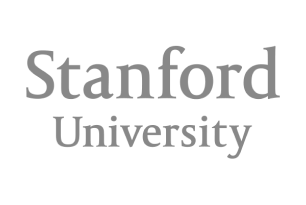
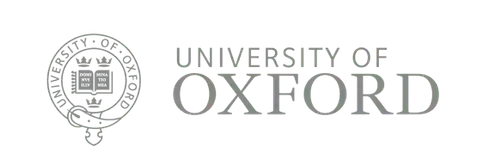
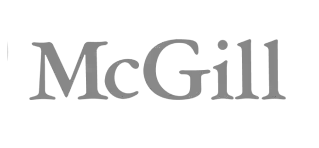

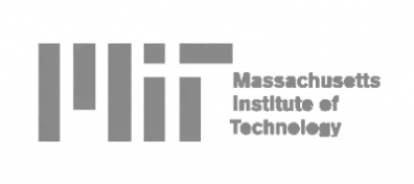
Proudly trusted by


